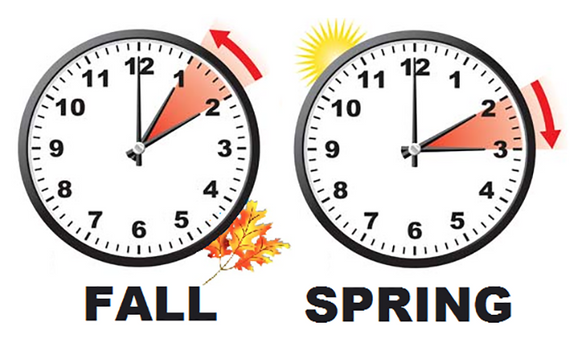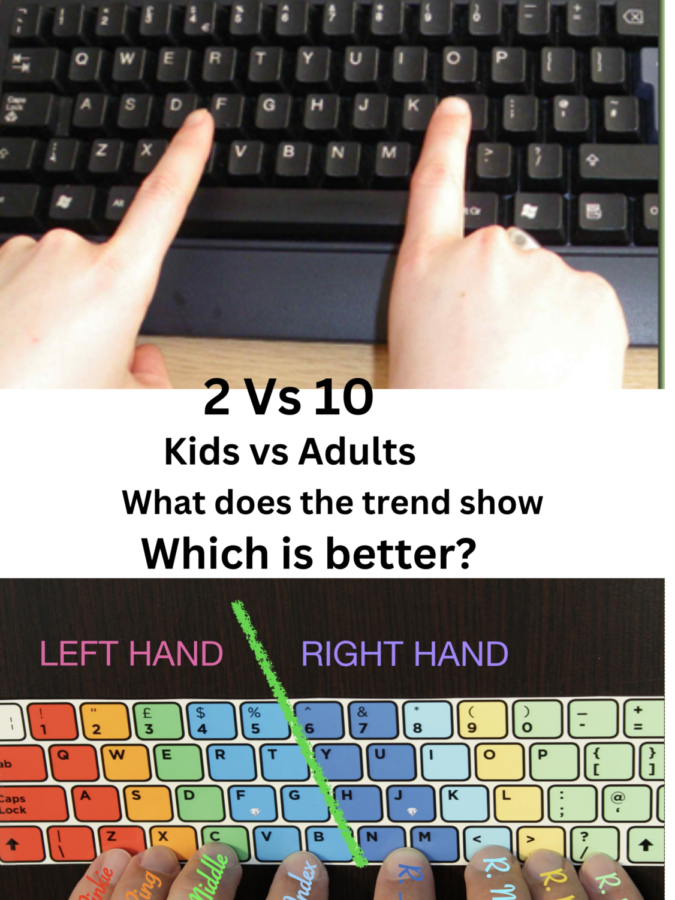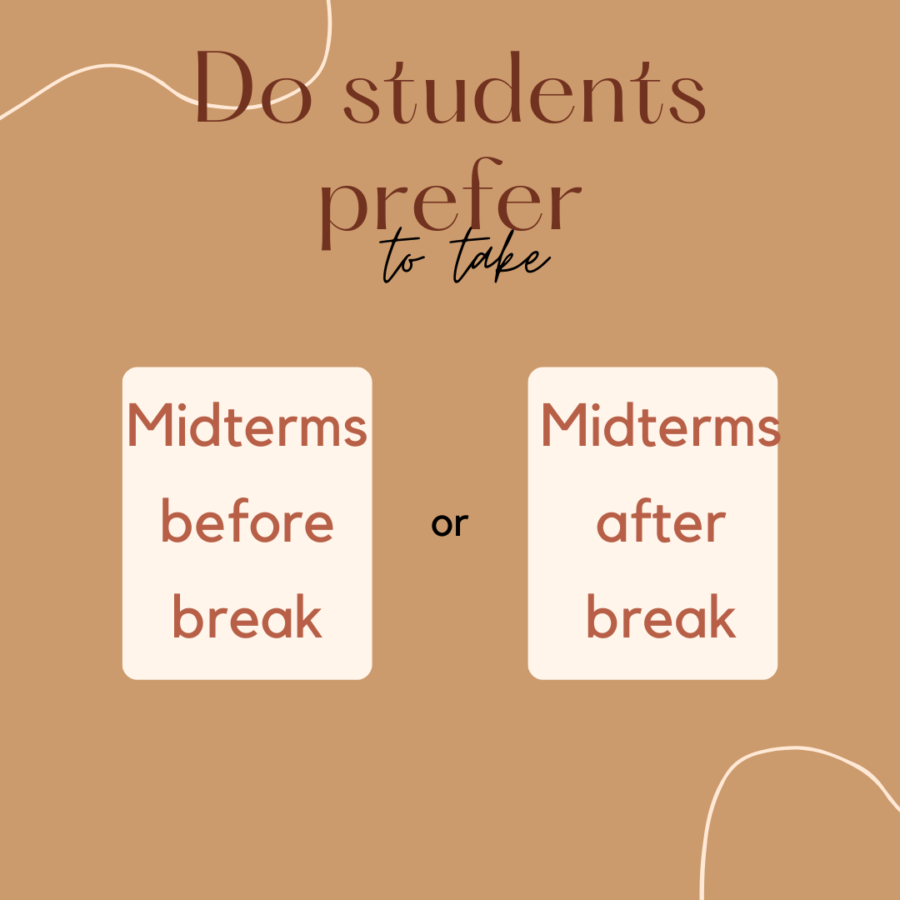Spring is approaching, which means daylight savings is in effect. Dark months in the winter are infamously known, but there is a reason. Twice a year in the US what we know as “changing the clocks” is actually daylight saving time. In the spring, clocks will jump forward one hour to begin daylight savings. In the fall, the clocks will return back and move back an hour again. Daylight saving time can be a very positive thing, but it can also damage natural rhythms.
Students can feel these effects by lack of sleep especially. Sunlight is a large part of the circadian rhythm or our bodies natural sleep schedule. March is the most fragile time for sleep statistically because of the shift. As many people know, sleep is a vital factor of life. Students in high school need it the most. Through ages 14-17, an adolescent needs 8-10 hours of sleep. Lack of sleep can result in health problems such as heart issues, mood changes, and general lack of focus. Many people disagree with DST because a portion of people never quite adjust to the change every year. Daylight savings could damage this natural cycle, and teenagers already do not attain enough sleep. Students should recognize the change in time, and they should adjust accordingly.
Daylight saving time is not avoidable, but there are things you can do as a student to minimize the effects. The first is to establish a sleep routine. Aim for a general bedtime each night that allows you to get at least 7 hours of sleep per night. Another useful tip is to get more exercise, and try to spend more time outdoors. Natural light is a main contribution to the body’s natural sleep schedule, spending more time in the sunshine can help. Next, you can decrease your amount of caffeine. Caffeine is a well known stimulant found mostly in coffee and energy drinks. While they are useful for giving you a little boost every now and then, caffeine can have negative effects on sleep. Lastly, keep your naps moderated. As high school students napping is normal after a long day at school, but doing it out of moderation is not helpful. Naps should be no more than 90 minutes and a power nap can be about 20 minutes.
Take into consideration this spring the effects of daylight saving time. DST can be a great way to preview summer but do not get too ahead. Make sure to be cautious not just now, but always with how much sleep you attain each night.













